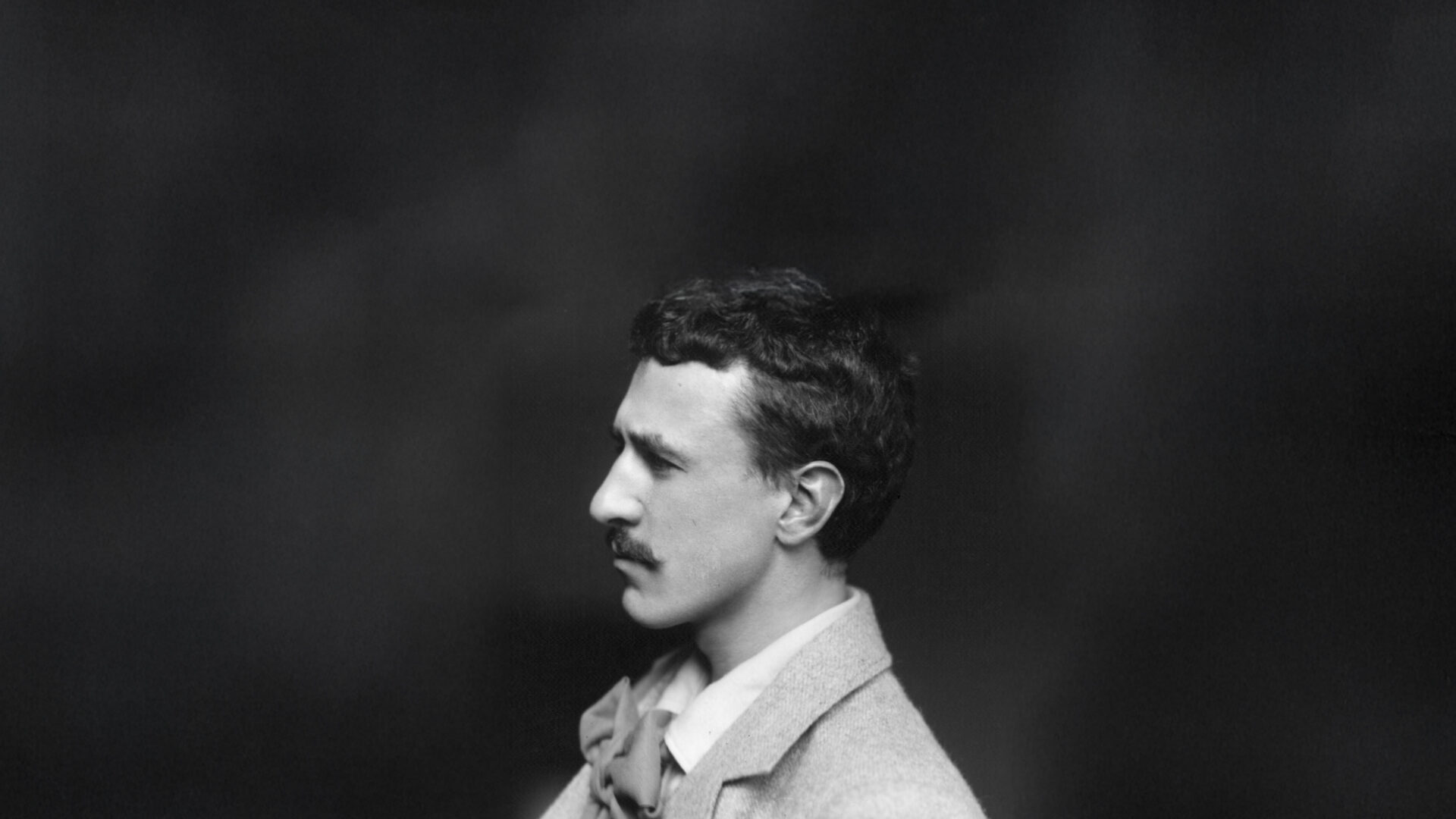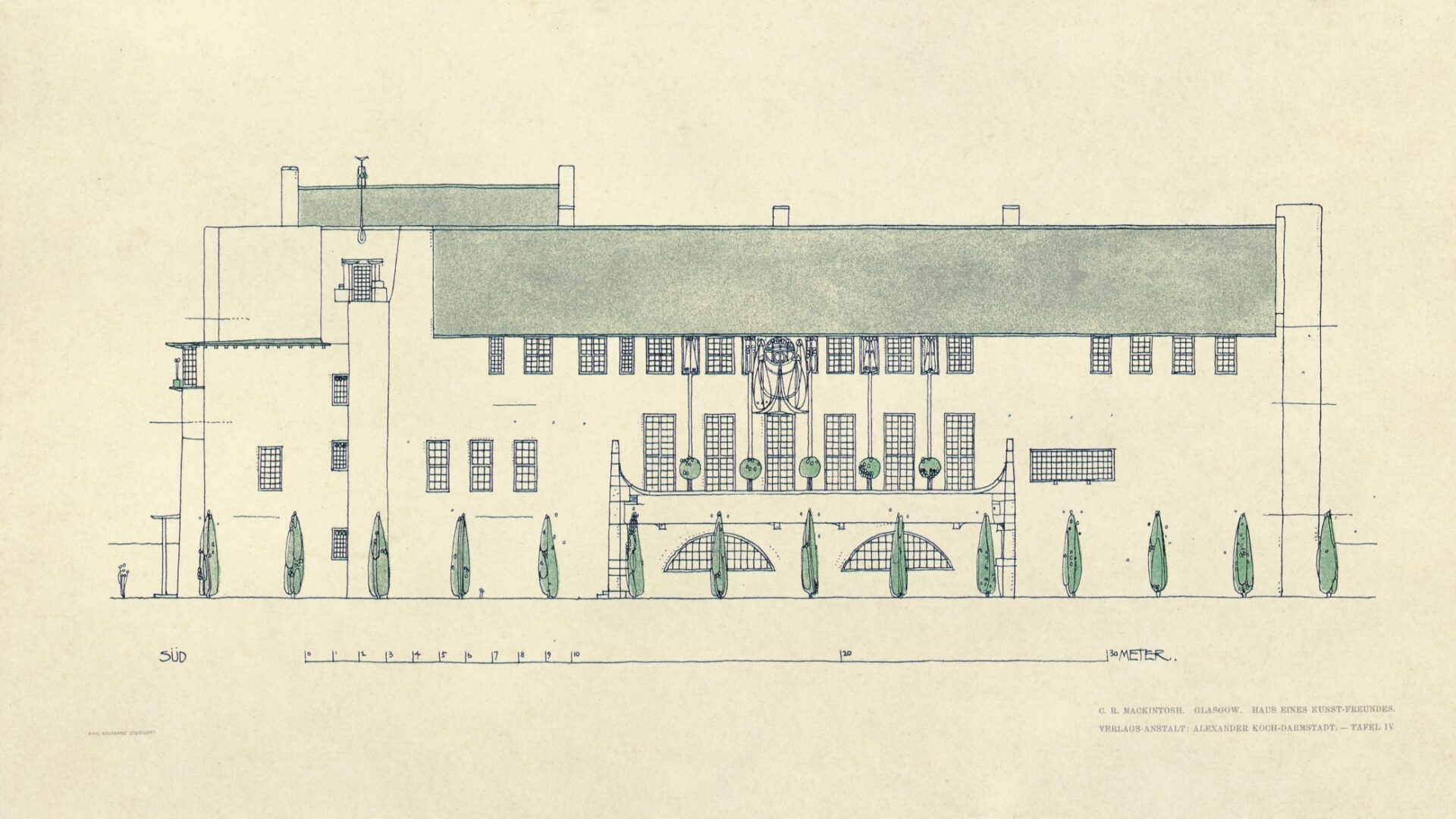Charles Rennie Mackintosh
As a renowned Scottish artist, architect and designer, Charles Rennie Mackintosh was also a visionary, a highly celebrated contributor to both the Arts & Crafts and Art Nouveau movements in the late 19th and early 20th centuries.
Find Out More


